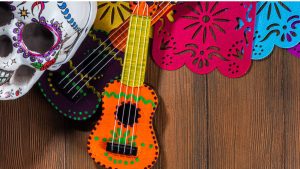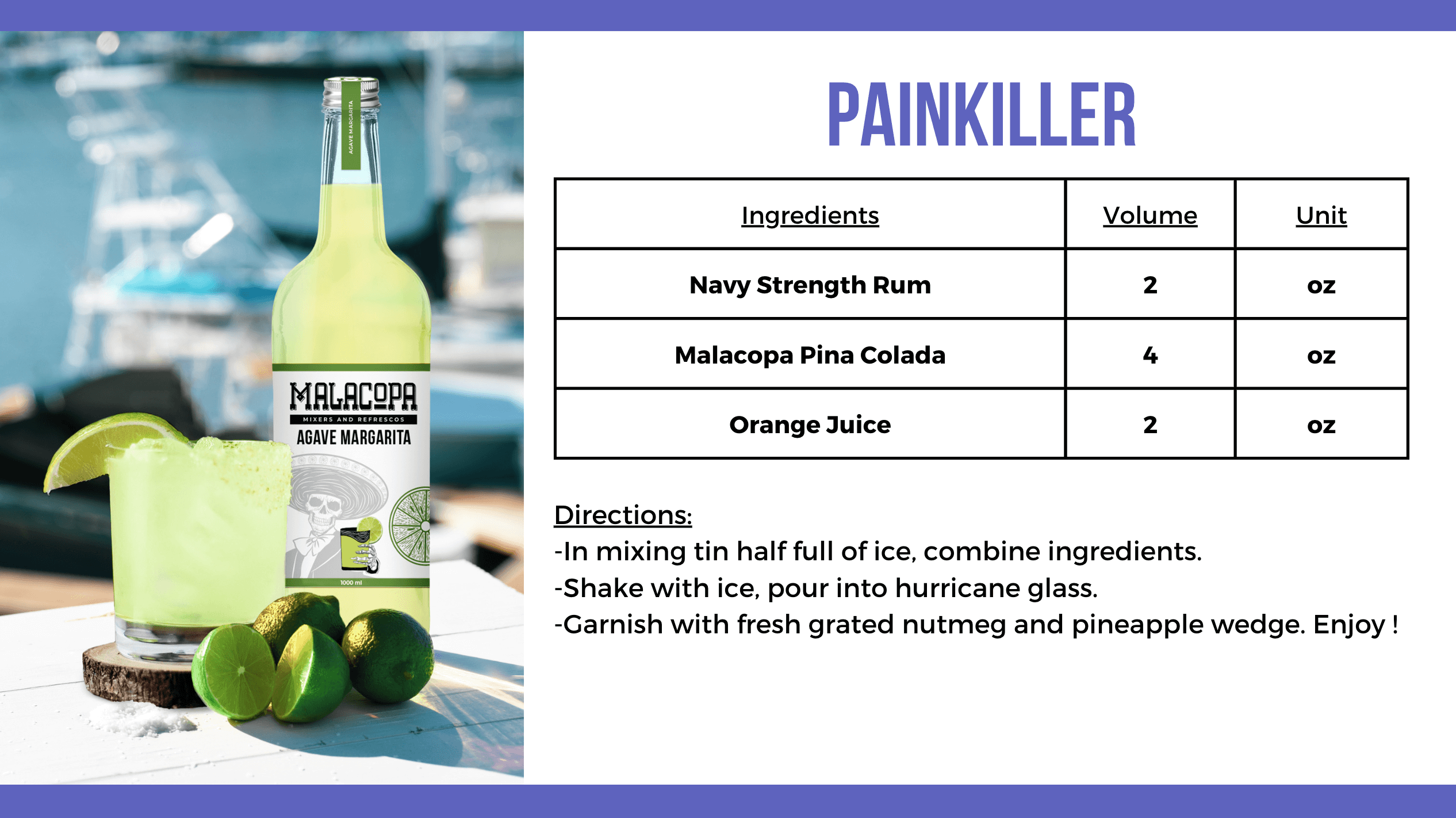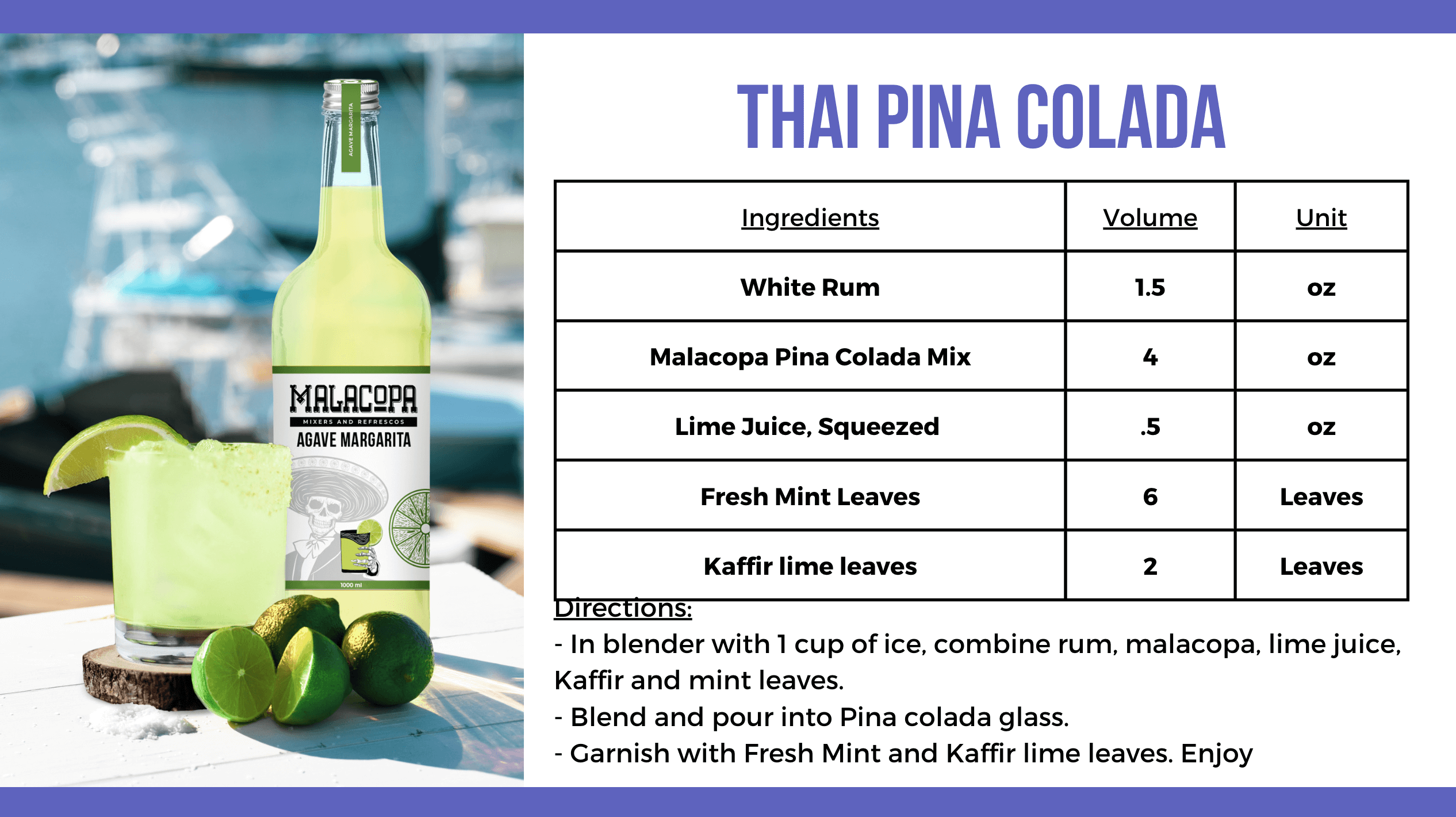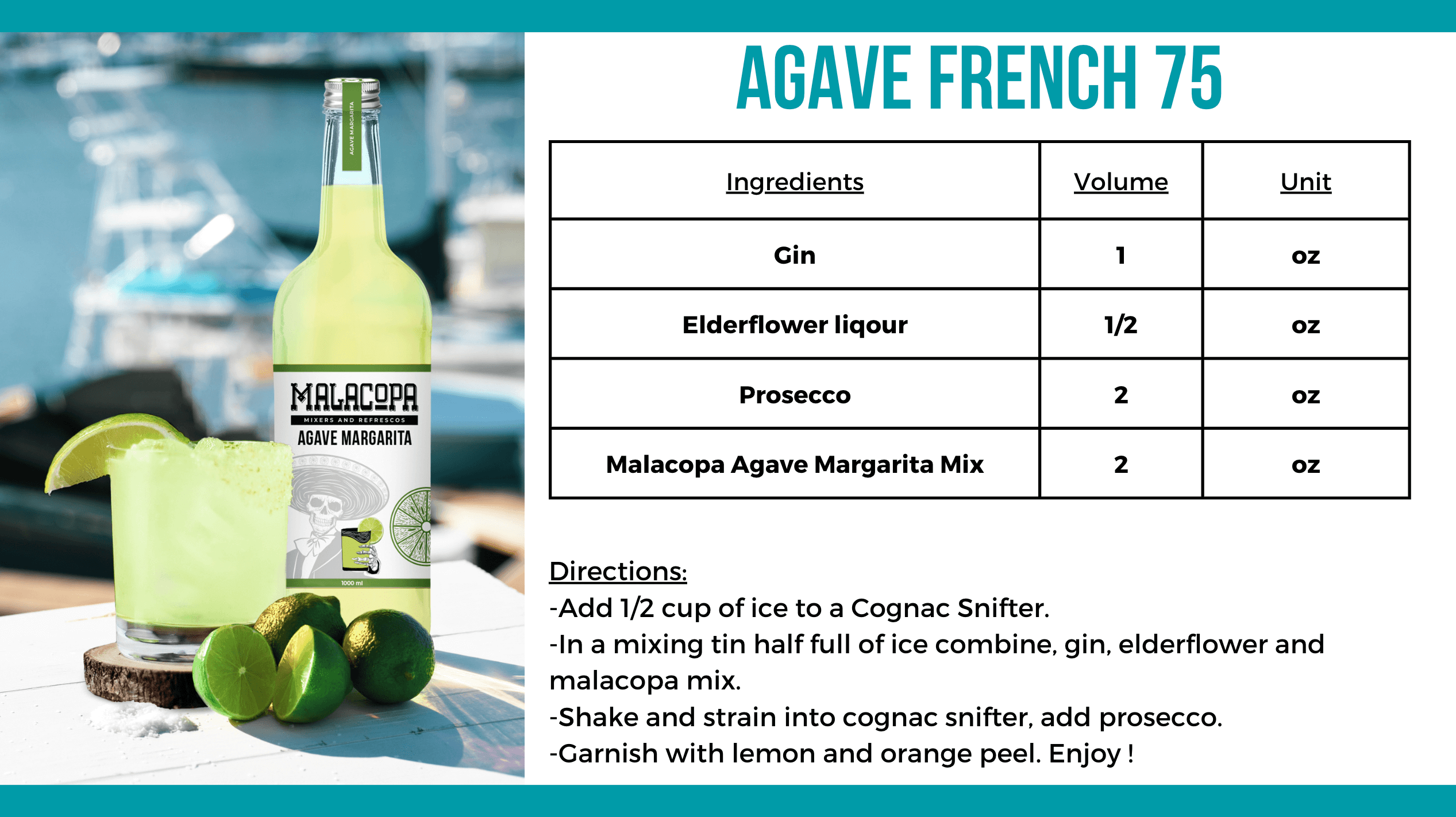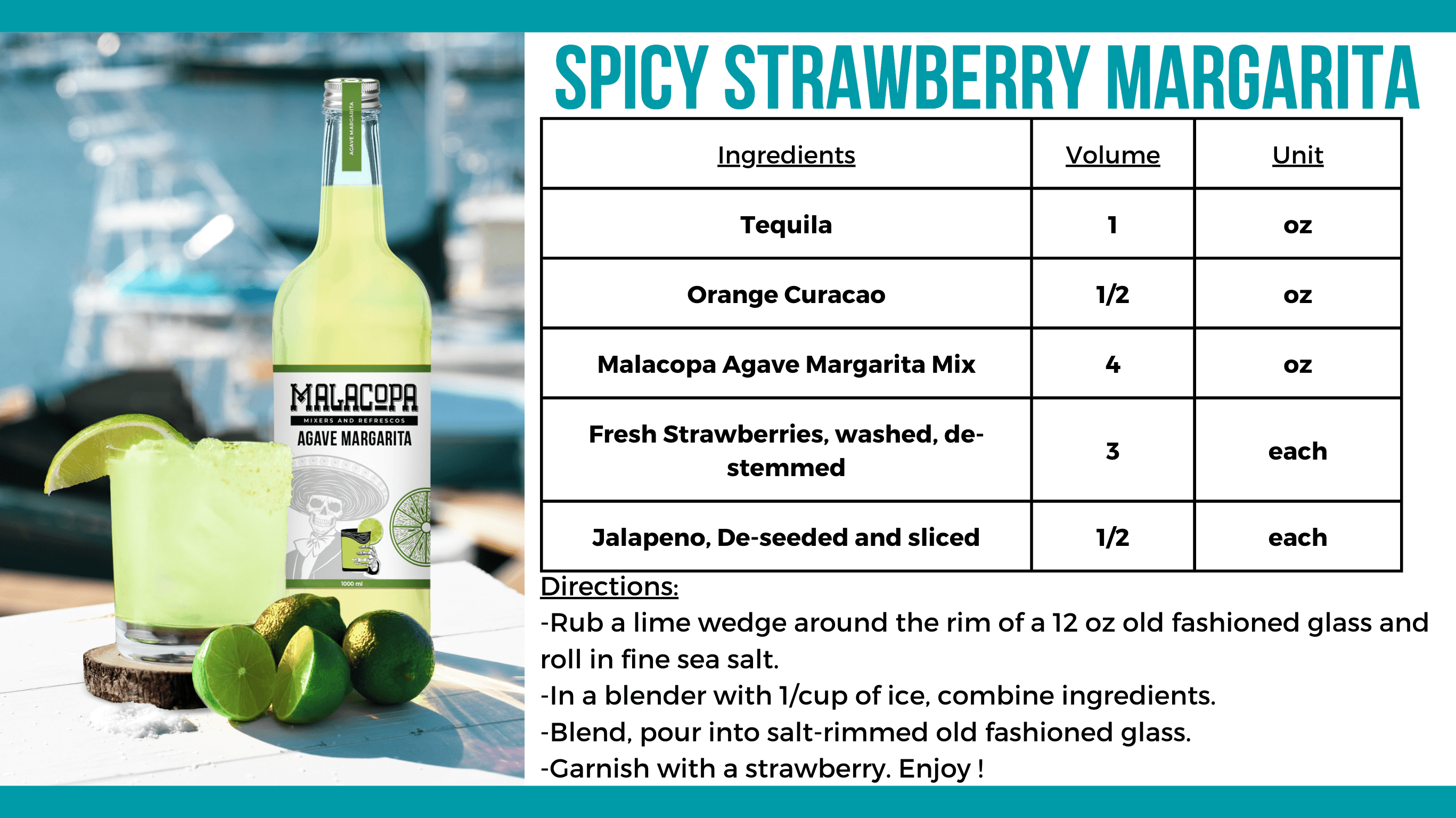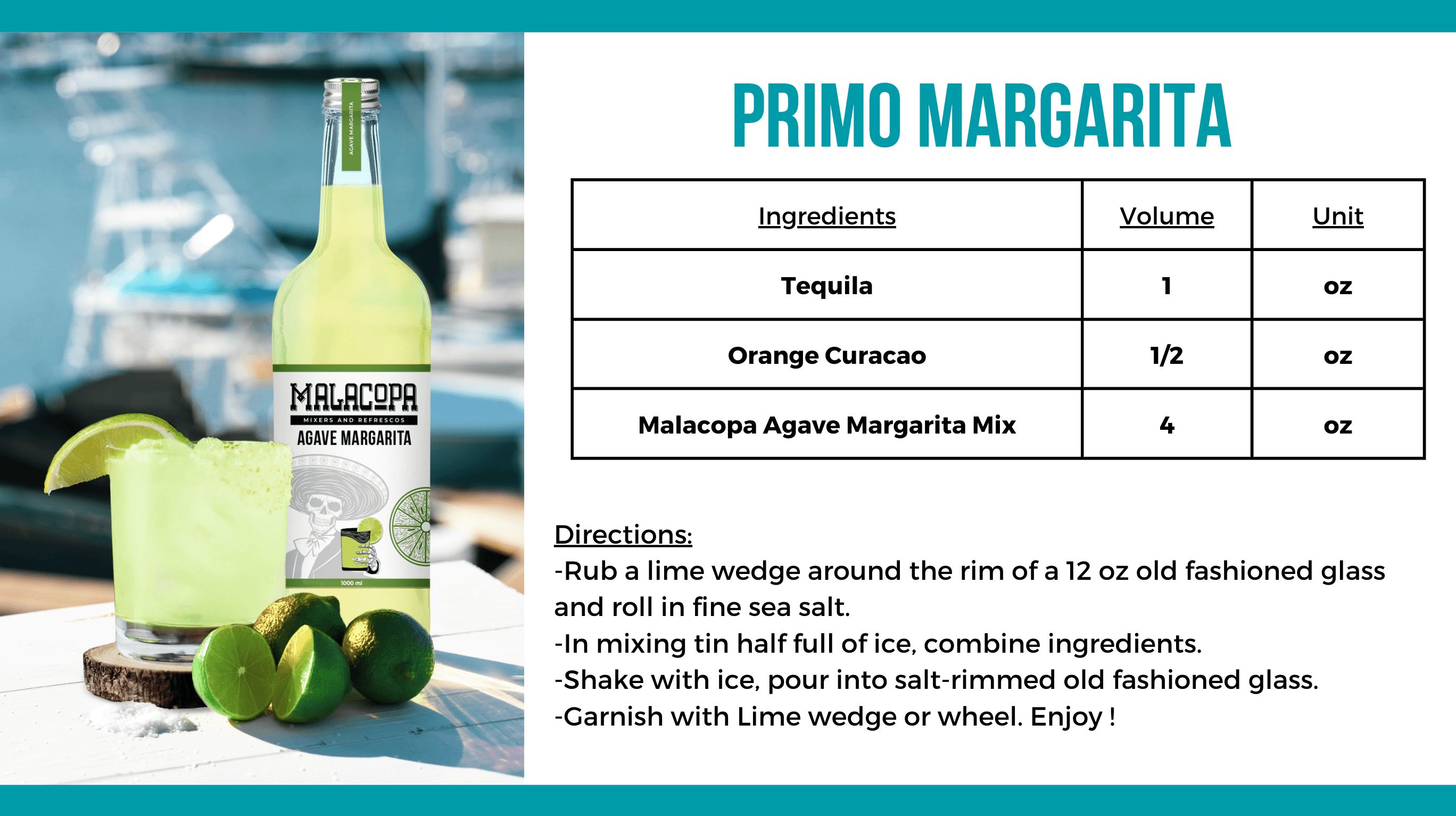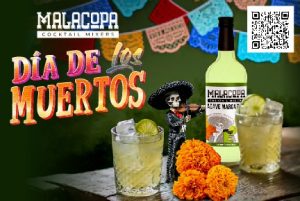
1. Honoring Ancestry and Loved Ones:

Dia de los Muertos is a time when families and communities come together to honor their ancestors and deceased loved ones. It is believed that during this time, the spirits of the departed return to the world of the living. Families create ofrendas, or altars, adorned with photographs, mementos, and the favorite foods and beverages of the deceased to welcome them back.
2. Embracing the Circle of Life:
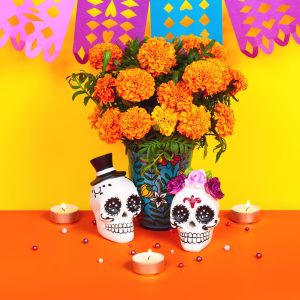 At its core, Dia de los Muertos acknowledges the cyclical nature of life and death. It’s a celebration that doesn’t shy away from the inevitability of death but rather embraces it as an integral part of the human experience. By doing so, it allows people to come to terms with the reality of mortality and to appreciate the preciousness of life.
At its core, Dia de los Muertos acknowledges the cyclical nature of life and death. It’s a celebration that doesn’t shy away from the inevitability of death but rather embraces it as an integral part of the human experience. By doing so, it allows people to come to terms with the reality of mortality and to appreciate the preciousness of life.
3. Fusing Indigenous and Catholic Traditions:
 The roots of Dia de los Muertos can be traced back to indigenous Mesoamerican traditions, such as the Aztec festival dedicated to the goddess Mictecacihuatl. With the arrival of the Spanish and the spread of Catholicism, these traditions merged with the Catholic holidays of All Saints’ Day and All Souls’ Day on November 1st and 2nd. This fusion of cultures gave rise to the contemporary Dia de los Muertos.
The roots of Dia de los Muertos can be traced back to indigenous Mesoamerican traditions, such as the Aztec festival dedicated to the goddess Mictecacihuatl. With the arrival of the Spanish and the spread of Catholicism, these traditions merged with the Catholic holidays of All Saints’ Day and All Souls’ Day on November 1st and 2nd. This fusion of cultures gave rise to the contemporary Dia de los Muertos.
4. . Vibrant and Symbolic Artistry:
 The holiday is famous for its vibrant symbolism, including sugar skulls, marigold flowers, and papel picado (cut paper decorations). Each of these elements carries deep meaning: sugar skulls are a reminder of the sweetness of life; marigolds guide the spirits with their vibrant colors and strong scent; and papel picado represents the fragility of life.
The holiday is famous for its vibrant symbolism, including sugar skulls, marigold flowers, and papel picado (cut paper decorations). Each of these elements carries deep meaning: sugar skulls are a reminder of the sweetness of life; marigolds guide the spirits with their vibrant colors and strong scent; and papel picado represents the fragility of life.
5. A Celebration of Mexican Identity:
Dia de los Muertos is not only a remembrance of individuals but also a celebration of Mexican identity and heritage. It serves as a powerful reminder of the enduring cultural strength of Mexico and its people.
